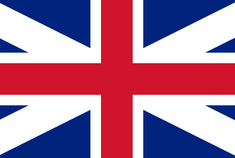
Every Major Colony of the British Empire Explained (P3)
First published: Friday March 4th, 2022
Report this blog
Introduction
Hello and welcome to the final instalment I think so at least of this three-part series in which I attempt to name every major possession of the British Empire that they once held in control. Once again, just to avoid any confusion before we start the blog, I would count a British possession to be major, depending on either its size, significance to the empire, its history, or its inhabitants.
As you may have seen from the quick links, alone, this blog will be quite longer than the previous two parts, containing 12 colonies, compared to the 7 and 8 colonies in the former. Nonetheless, I hope you enjoy it and without any more talk, for the final time, let's get straight into it!
Australia
Starting the blog off with a very well known British colony, we come to the Land Down Under of Australia. The first traces of British settlements on the continent dates all the way back to 1770, when the very famous British explorer, Captain James Cook, along with his expedition crew, landed on the east coast of Australia, of what we now know as modern-day Sydney, in the newly named, Botany Bay. After this date, many other British colonialists began to arrive and establish numerous colonies, which were originally used for penal means, meaning that prisoners were sent there to do work. Eventually, in 1788, all of these small colonies were combined together to make one whole colony that the British named "New South Wales".
Despite being used as just a small colony for British prisoners to go to at first, Australia very quickly grew in significance and importance to the British as the years went on. This was actually accelerated even more after the American Revolutionary War, and the independence of the Thirteen Colonies, making Australia a much more valuable possession. As time went on, the New South Wales colony expanded and many other colonies on the Australian continent such as Western Australia and Southern Australia were founded as free colonies, with no convicts being sent there. Just after the dawn of the 20th century, in 1901, Australia was granted a certain level of independence from the British, establishing itself as a Dominion of the empire.
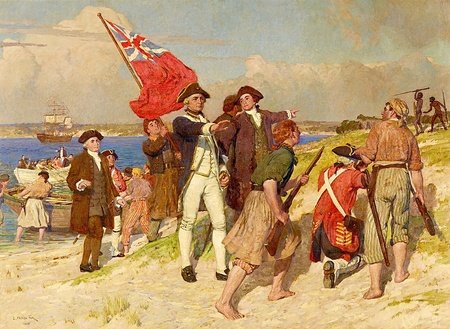
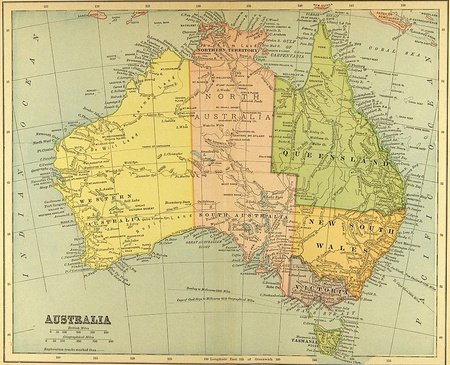
During the rest of the 20th century, Australia became even more vital to the British, especially during both brutal world wars. In the First, many troops were sent to Europe to fight along the British army in the trenches and in the Second, the country faced a problem at home from the growing Japanese Empire in Southeast Asia and played an important role in pushing their expansion back. Australia finally gained full independence from the British in 1986, following the Australia Act. Today, Australia remains a very close ally to the UK and still even retains Queen Elizabeth II as the country's Head of State.
Ceylon
Finally coming back to the Indian Subcontinent, we have British Ceylon (Sri Lanka today), which not many people know about. The first traces of British settlements on this island date back to 1796, during the Napoleonic Wars of the late 1700s and early 1800s, when British forces occupied the country in fear of it falling into French hands after the fall of the Netherlands, who then had most of the island. Following the end of the war in 1802, the Dutch parts of the island were formally given to the British, establishing it as a Crown Colony. One very common misconception that many people think is that Ceylon was part of the British Raj, which it was not and stayed as a completely different colony. However, the British still didn't have full control over the island as the decently strong and powerful Kingdom of Kandy remained in control of the highlands of the central island. Despite this, eventually the Kingdom fell into the hands of the British, in 1815, after a long and brutal conflict between the two. During Ceylon's time under the British, the island was heavily industrialised and was a prime spot for rubber growing and tea fields which they used a lot for the very popular drink back in the UK.
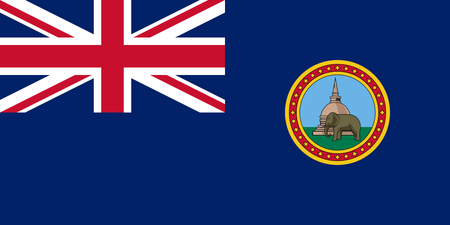
At the turn of the 19th century, Ceylon was also introduced to democratic forms of running the country after the British established a small elected group of appointees that made up the consulate on the island. Shortly after the end of the Second World War, in 1945, Ceylon was finally granted almost full independence, becoming a Dominion of the Commonwealth in 1948. The island remained like this for the next 24 years until it became a Republic and was renamed to the current title "Sri Lanka" as we all know today.
British Palestine
While this possession wasn't really colony or possession, British Palestine still has a very interesting story with the British and how it was formed. Officially known as a Mandate, the British were given this possession from the newly created League of Nations in 1922, from the carved up territories of the collapsed Ottoman Empire.
The area was originally created for native Jewish people to live peacefully alongside the Palestinian Arabs living in Transjordan. However, this quickly got thrown out of the window as soon enough, there were growing movements of Arab and Jewish nationalism. Despite this, the British continued to control this region even throughout WWII, until 1948, when the Mandate was forced to terminate, following the creation of the State of Israel and the Kingdom of Jordan. Consequently, the very bloody Arab-Israeli War ensued during the chaos which is so controversial that I'm not going to talk anymore about it.
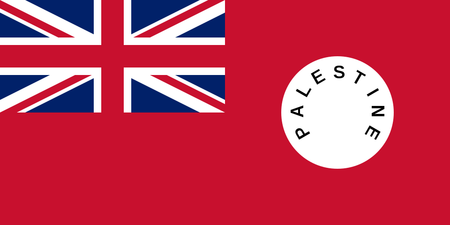
Singapore
Another very interesting British colony that was once under rule in Asia was Singapore. The first signs of British activity in the area began in 1819 when small ports and settlements on the coast of the island were established. In 1926, British control grew to eventually cover the whole island after driving out the original Sultanate's ruler. During the same year, Singapore became part of the much larger colony, Straits Settlements, the most dominant in the Malay archipelago. Similar to British India and Ceylon, it was also a great place for rubber cultivation, which the island was introduced to in the late 1890s.
During the Second World War, as a result of the rapidly expanding Japanese Empire, Singapore and the remaining British colonies in the region were swiftly occupied after a brutal invasion and battle. This was a very disastrous defeat for the British Empire as it lead to more than 60,000 British troops on the island being captured. However, following the end of the war and the collapse of Japan, Singapore was handed back to the British. Soon after this though, the island was finally granted full independence from the British and merged with the also former British colony, Malaya, marking the end of the Crown Colony of Singapore.
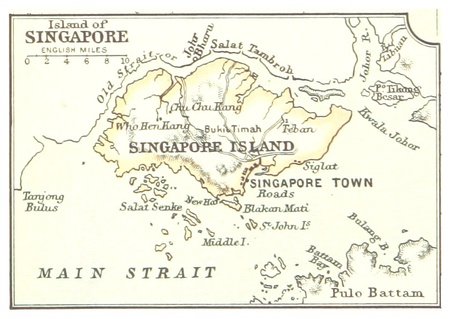
British Malaya
Continuing from the previous British Singapore, we come to the neighbour-to-Singapore, British Malaya. Unlike the Singapore colony, the first traces of British settlements and colonialism in Malaya date much further back, all the way to the year 1771 when the British established its first trading post in the region on the small island of Penang, just off the coast of the peninsula. As time went on, many more colonies and settlements were founded in Malaya, which eventually all were combined together to form one central and large colony named, the Straits Settlements. During the very eventful 1800s, Malaya was regarded as a very valuable colony to the British Empire after the discovery of large tin deposits. However, in the middle of the Second World War, being in the location it was, British Malaya, and much of the Malayan Archipelago was consumed by the rapidly expanding Japanese Empire after an successful invasion from their forces. As a result of this, the colony remained under Japanese occupation from 1942 until the end of the war in 1945. After this and the collapse of the Japanese Empire, Malaya was transferred back to Britain, who held the colony until in 1963, when Malaya finally gained full independence along with some other small colonies like North Borneo to form the Federation of Malaysia, ending another British possession.

British Tanganyika
Another possession that was under British rule in Africa was Tanganyika. In contrary to many other colonies and possessions I have talked about previously, this one was not actually settled on and then gradually controlled by colonisation means, but was actually invaded and occupied in the First World War, in 1916, since it was a German colony. Following one of the treaties that ended the war in 1922, the colony was given to the British as a League of Nations Mandate. For most of the rest of the 20th century, Tanganyika remained under British rule, including during the Second World War in which it almost remained virtually untouched by enemy forces until in 1961 when the possession gained full independence from the empire and became a republic a year later. In 1964, Tanganyika was merged with the former British colony, Zanzibar, to later create the state of Tanzania.
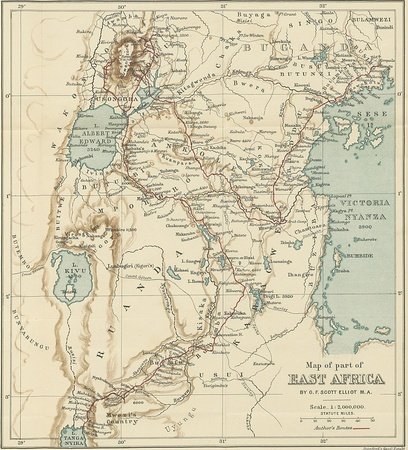
Iraq
Coming back to the Middle East, another British possession that was won in the First World War from the carvings of the Ottoman Empire was Mandatory Iraq, which wasn't really a colony or protectorate, but was under British administration.
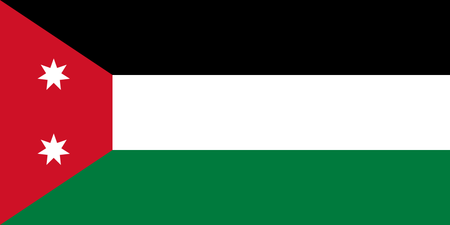
Beginning in 1924, Iraq was first handed to the British to retain certain power in the area, Iraq was effectively a kingdom, ruled by the banished former King of Syria, Faisal Ibn Husayn while the British were militarily controlling the country using the Royal Air Force. Despite this, Iraq had many civilian revolts against British rule, making it a very unstable occupation, until the full independence of the kingdom in 1932, which saw the British leaving but still retaining close ties with the new Iraqi Government and a significant alliance.
Nigeria
One British colony that was specially held in Africa, even before the Berlin Conference of 1884-1885, was Nigeria. In fact, the first traces of British settlements in its borders date back to the 1850s when the British started small settlements and outposts on the coast of the country and gradually began to interfere with its current regime that was pro-slavery. In 1861, parts of southern, modern-day Nigeria, known as Lagos, was annexed by the British as a Crown Colony. After the Berlin Conference, the British managed to retain further territories in Nigeria and after the Protectorates of Northern and Southern Nigeria were claimed, most of what we now call Nigeria was under British rule. During the two World Wars in the 20th century, Nigeria contributed a big amount to the British imperial army and the battles it was involved in, fighting alongside other British troops. Finally, in 1960, Nigeria was granted full independence from the British Empire, establishing itself as a Republic.
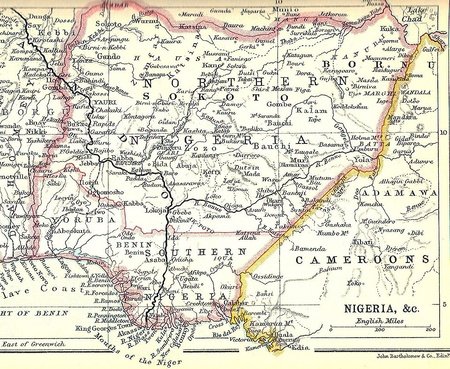
New Zealand
Coming back to Oceania for the final time, we have New Zealand, which was also a fairly well-known British colony. The first traces of British colonialism on the two islands date back to the late 1700s after the discovery of Australia, when New Zealand was incorporated into the Australian colony of New South Wales. However, it wasn't long until New Zealand itself became a separate colony in 1841. Overtime, more British colonialists and settlers arrived on the two islands, beginning to start big settlements on mostly the North Island, considering the fact that the South was quite mountainous and home to some uninhabitable terrain.
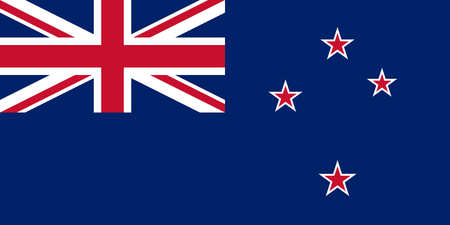
By the dawn of the 20th century, New Zealand was flourishing with settlements and a population of just over 800,000 in 1900. Not long after this, the country finally became a British Dominion, meaning that it was mostly independent but just with its Foreign Policy down to the United Kingdom. However, this didn't mean that New Zealand cut its ties with the British. In the First and Second World Wars, New Zealand was a vital part of the British Imperial Forces, sending its people to all parts of the world to fight the Central and Axis Powers. In 1986, New Zealand finally gained full independence from the British Empire, but still remains to be one of the closest Allies of the UK to this day.
British Guiana
Some of the only possessions the British had on the mainland Americas, and the only one on South America, was British Guiana, which, despite its size, had a very interesting history with the British. The first traces of settlements from originally English and later British colonialists date back to the early 17th century when the famous English Explorer, Sir Walter Raleigh discovered the area and set foot on parts of its coastline but was unable to establish any colonies at the time. However, decades later in 1796 after the occupation of the Netherlands by the French, the British swiftly invaded the country to prevent it from falling into the hands of the enemy and later annexed the colony for themselves in 1814, during Guiana's time as a colony, it was mostly a resource-gathering-based colony with many different companies producing things like sugarcane, rice and logs, with also a small mining industry as well. Finally, during the period of de-colonization from 1945 to 2000, Guiana gained full independence from the empire in 1966.

British Somaliland
Heading back to the Saharan deserts of Northern Africa, we come to British Somaliland, which was a protectorate administered by the British beginning in 1884, after gaining it in the Berlin Conference that carved Africa up between many European colonial powers in the region.
For the rest of the 19th century, Somaliland was relatively peaceful, until after the First World War, when there were few major rebellions against British rule in the area. In the Second World War, the protectorate was invaded and captured by Italian forces, along with the rest of Somalia in 1940 but were shortly recaptured by the British during their massive offensive on the North African front of WWII in 1941. Fifteen years after the end of the Second World War, Somalia became independent from the British and later went on to unite with Somalia in 1960.
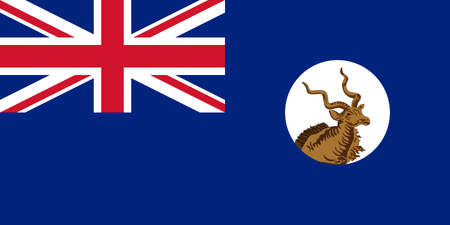
Jamaica
Now, we come to British Jamaica, which was one of the major possessions held by the empire in the West Indies and was actually one of the first ever British colonies, but is quite ironically the last colony we will talk about in this series. First established as an English colony very early on in 1655, and later a British colony in 1707, Jamaica was one of the most vital colonies for sugarcane growing as it was leading in the production of sugar, after switching from cotton and tobacco, to solely this as it was resulting in a boom in the British sugarcane industry and also was a massive success to Britain's extremely popular drink, Tea. In 1866, Jamaica became a Crown Colony of the empire, meaning that it was administered directly by the Crown, which was the UK government acting on behalf of the Royal British Monarchy. Finally, after over 300 years of being ruled by the British, Jamaica finally was granted independence by the British in 1962.
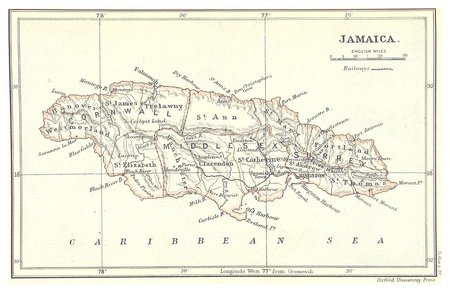
Conclusion
Well, that finally wraps up this very short, three-part series of mine. I'm really sorry that I took absolutely aged to release this but since this final part was much longer than the other two parts, it took quite a while to make. But nonetheless, I hope you enjoyed this blog and also the whole series, because I definitely had a great amount of fun in the making of this. Also, please let me know your thoughts on how this side-series went and if you would like more series' that will run alongside my main series like this.

now i'll go read the blog, i just had to share this ideais it possible to flip Australia's paragraph upside downNow stop distracting me because I need to finish my projects